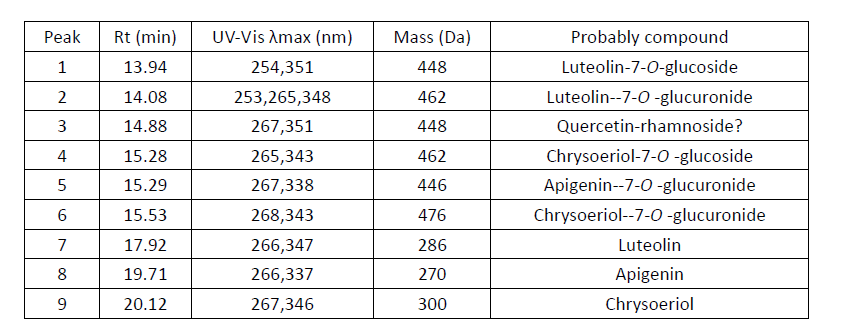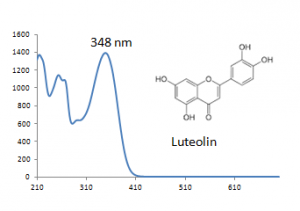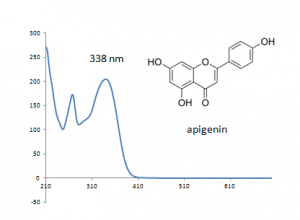Desert Poplar (Populus euphratica) LC
Description
Desert Poplar, 胡杨, (Populus euphratica)is a medium-sized deciduous tree. It may grow to a height of about 15 m and a girth of 2.5 m (8.2 ft) where conditions are favourable. The stem is typically bent and forked; old stems have thick, rough, olive-green bark. While the sapwood is white, the heartwood is red, darkening to almost black at the center. The roots spread widely but not deeply. The leaves are highly variable in shape. The species has a very wide range, occurring naturally from North Africa, across the Middle East and Central Asia to western China. Its forests have largely disappeared or become fragmented over much of its natural range.
Historical importance
The species is used in agroforestry to provide leaves as fodder for livestock, timber and, potentially, fiber for making paper. It is also used in afforestation programs on saline soils in desert regions, and to create windbreaks and check erosion.
Summary of results
Multiple flavonoids, luteolin, apigenin, chrysoeriol and their glycosides were identified from desert poplar dyed yarn samples.
Comments by R. A. Laursen, Boston University.
• Acid hydrolysis showed significant amounts of flavone glycosides, probably luteolin and chrysoeriol glucuronides, which are known to be resistant to acid hydrolysis, as well as luteolin and chrysoeriol.
• Other methylated derivatives of luteolin may also be present.
Analytical instrumentation and procedures
The dye was extracted from a thread (0.2-1mg) of the yarn dyed with Populus euphratica in a solution of pyridine/water/1.0M oxalic acid as described by Mouri and Laursen [2]. The solution was evaporated to dryness under a nitrogen flow, and redissolved in 50 μL MeOH/H2O (1/1); subsequently, 20 μL of dye solution was injected onto HPLC column.
An extract was analyzed on an HPLC-PDA-MS system consisting of a Shimadzu LC-20A high performance liquid chromatography, a Shimadzu SPD-M20A photodiode array detector and a Thermo LTQ XL ion trap mass spectrometer. The separation was performed on a Shim-pack XR-ODS column (3.0 mm × 75 mm, 2.2-μm particle size) and a Phenomenex Luna C18 column (2.0 mm × 150 mm, 3-μm particle size). Columns were eluted with acetonitrile-water gradients containing 0.1% formic acid at a flow rate of 0.3 mL/min.
Chromatograms
Compounds indentified
Identified compounds
| Compound | RT (min.) | MW | UV/vis | Other |
|---|---|---|---|---|
| Luteolin | 35.7 | 286 | 348 | |
| Apigenin | 39.2 | 270 | 338 |
References
[1] "Populus euphratica" Wikipedia https://en.wikipedia.org/wiki/Populus_euphratica
[2] Mouri C, Laursen R. Identification and partial characterization of C-glycosylfalvone markers in Asian plant dyes using liquid chromatogrphy tandem mass spectrometery. Journal of Chromatography A 2011; 1218: 7325-30.




